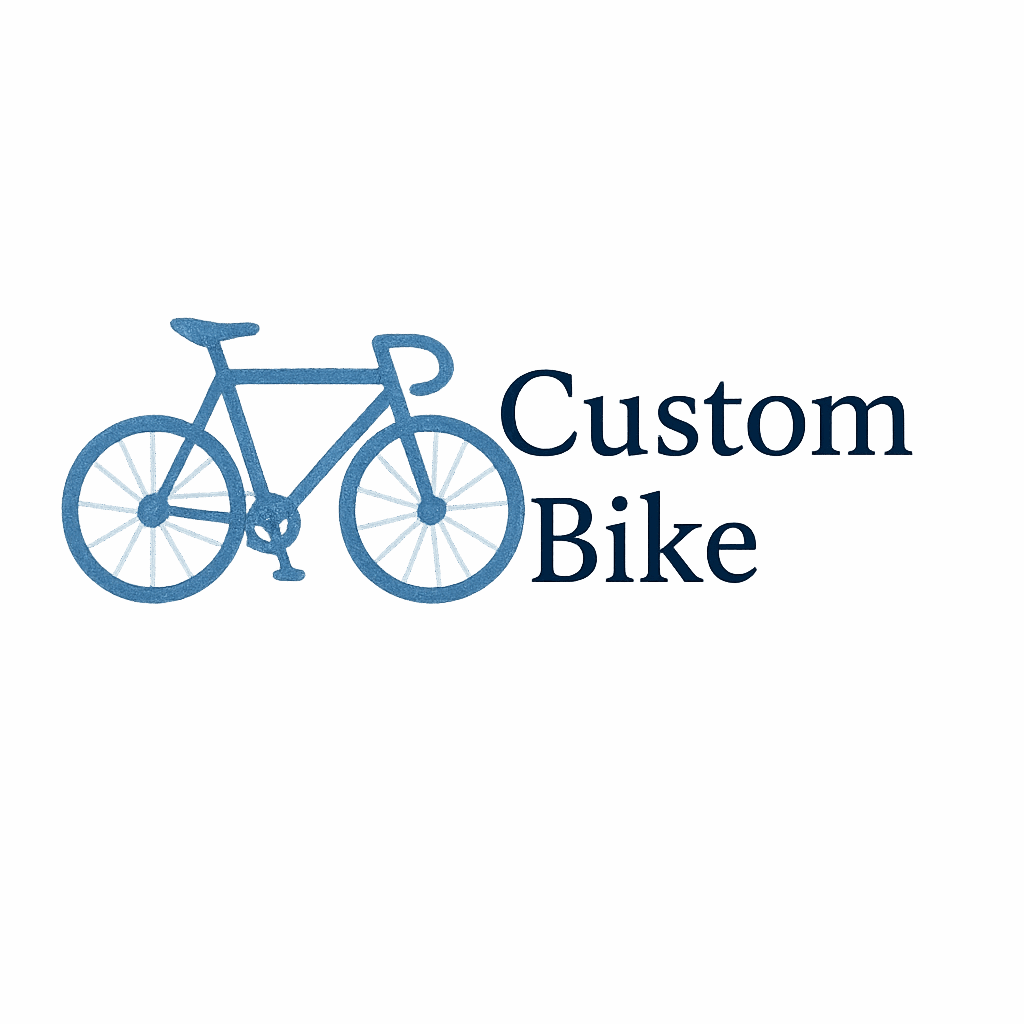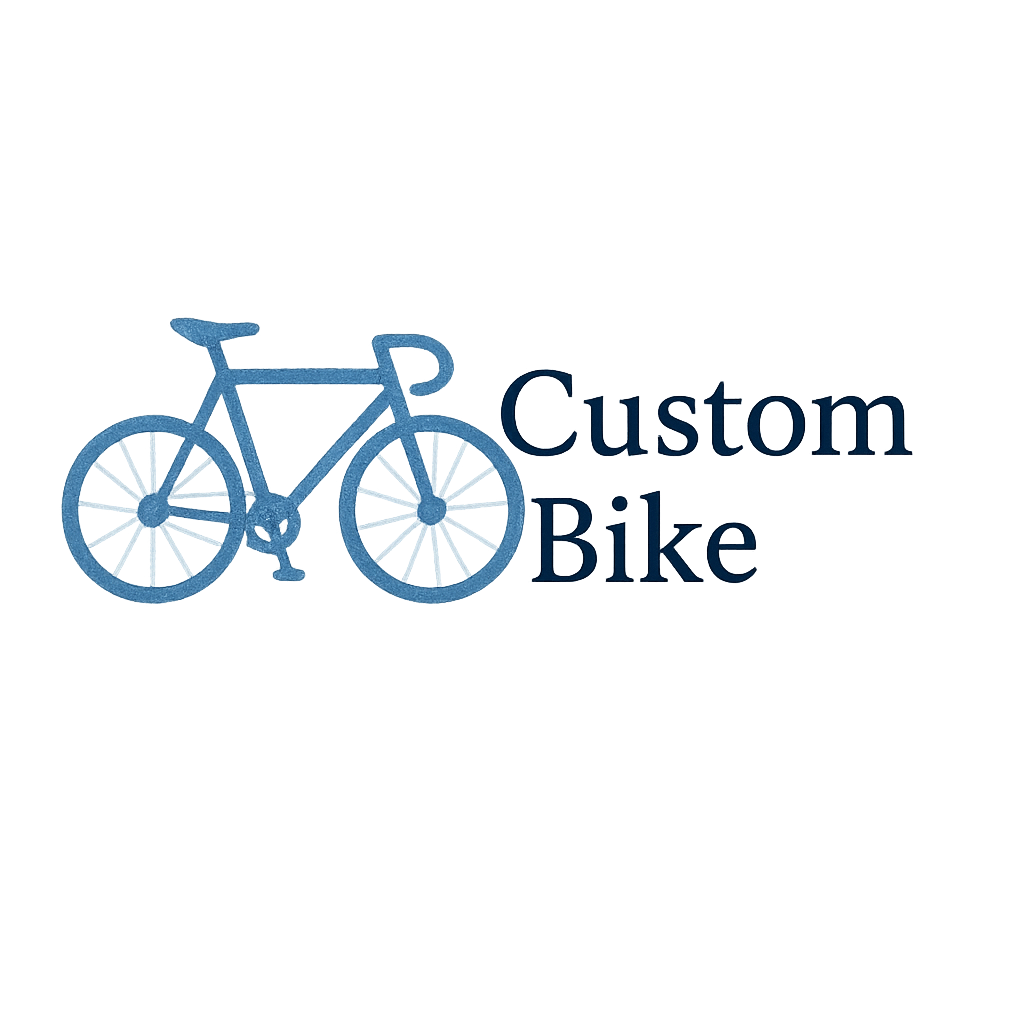Ever thought of building a bike that fits you perfectly? Not just in size, but in purpose, personality, and passion? Welcome to the exciting world of custom bike building! Whether you’re a first-timer or a seasoned cyclist ready to level up, this guide will walk you through the 7 essential bike components for a custom build—with performance, aesthetics, and longevity in mind.
Let’s build something epic.
Why Go Custom with Your Bike?
Performance, Personality, and Pride
Custom bikes aren’t just about flashy colors or cool parts (though that’s part of the fun!). They’re about tailoring the ride to your exact preferences—how you ride, where you ride, and how you want it to feel.
It’s like crafting a suit. Off-the-rack works, but bespoke fits you like a glove.
If you’re curious about how custom builds work, start your journey here: Custom Bike Building.
Understanding the Custom Build Process
Planning Your Ride
Before you start buying parts or assembling anything, step back. What’s your end goal? A city commuter? A trail-taming mountain beast? A sleek road racer?
Where to Begin: Framework or Function?
You can either start with the frame and build around it—or start with function (what the bike will do) and select components that serve that need. Either works, as long as the components are compatible.
1. The Frame: The Backbone of Your Build
This is literally the piece everything else connects to—your geometry, your style, your ride quality—all start here.
Types of Frames for Different Rides
- Road Bikes: Lightweight and aerodynamic.
- Mountain Bikes: Stronger with suspension options.
- Gravel Bikes: A hybrid of comfort and versatility.
Frame Materials and What They Mean for You
- Aluminum: Light and affordable.
- Carbon Fiber: Ultra-light and performance-based.
- Steel: Durable with a smooth ride.
- Titanium: Premium and nearly indestructible.
Explore more frame styles and inspiration in Bike Design and Custom Paint.
2. Drivetrain: The Power Core
This is where your legs become motion. The drivetrain includes your crankset, derailleurs, chain, cassette, and shifters.
Cranksets, Derailleurs, and Cassettes
Each of these parts works in sync to convert your pedaling into motion. Whether you’re a gear junkie or a minimalist single-speed enthusiast, there’s a setup for you.
Getting the Gear Ratios Right
Choose ratios based on your terrain. Climbing hills? You’ll want a wider range. City commuter? Fewer gears might be perfect.
Check out premium drivetrain options here: Bike Parts.
3. Wheels and Tires: Your Bike’s Ground Game
Your connection to the road (or lack of road) is everything.
Tubeless vs. Tubed Tires
- Tubeless: Fewer flats, better traction.
- Tubed: Easier to replace and cheaper.
Matching Tires to Your Terrain
Fat tires grip better on trails; slick, narrow tires are speed demons on pavement. Hybrid bikes meet in the middle.
Looking for some cutting-edge trends? Visit Styles & Trends.

4. Braking System: Stop with Precision
If speed is exciting, stopping is essential.
Rim Brakes vs. Disc Brakes
- Rim Brakes: Lightweight and simple.
- Disc Brakes: Powerful and reliable, especially in wet conditions.
What’s Best for a Custom Setup?
Most modern custom builds favor disc brakes for versatility and performance. Learn more about tuning them in Performance.
5. Handlebars and Stem: Command Central
Steering, posture, comfort—it all happens here.
Comfort Meets Control
Drop bars are great for speed. Flat bars give better control. Bullhorns? Great for urban agility.
How Handlebar Width and Shape Affect Ride
Wider bars = better control. Narrower bars = better aerodynamics. Choose what suits your purpose.
Dive deeper into inspiration from the Bike Building tag.
6. Saddle and Seatpost: Where Comfort Counts
Ignore these and your back—and butt—will hate you.
Don’t Underestimate Saddle Science
Saddles come in different widths, padding levels, and shapes. Test different ones until it feels right.
Suspension Seatposts: Are They Worth It?
If you’re building a gravel or touring bike, the added shock absorption can be a game-changer.
Explore ergonomic ideas under Smooth Ride.
7. Pedals and Crank Arms: Where Power Transfers
This is where the rubber meets the…well, you get it.
Clipless vs. Platform Pedals
- Clipless: Secure and efficient but take practice.
- Platform: More versatile and beginner-friendly.
Crank Arm Length and Leg Efficiency
Yes, even your crank arm length affects performance. Taller riders typically benefit from longer cranks.
Browse upgrade options at Components.
Other Crucial Accessories to Consider
Chain, Bottom Bracket, Headset
These aren’t flashy, but they are vital. Without a smooth bottom bracket or properly aligned headset, your custom build could fall flat.
Aesthetic Touches: Paint and Style
From custom decals to two-tone color fades—make it yours. Find visual inspiration in Art Bikes and Custom Bike Care.
Maintenance and Upkeep After the Build
Don’t stop caring for your bike once it’s built. Routine Maintenance and Bike Cleaning are essential for long-term joy.
Wrapping It Up: The Joy of the Custom Journey
Building your own bike is more than a project—it’s a statement. You’re not just buying a machine. You’re designing a ride. It takes research, patience, and a little trial and error, but the reward is a two-wheeled extension of your soul.
Let your ride reflect who you are.
FAQs
1. How much does a custom bike build usually cost?
Custom builds range from $1,000 to $10,000+, depending on materials and components.
2. Is it better to build a bike or buy a complete one?
Building gives you full control. Buying is faster. Depends on your goal.
3. Can beginners build their own bikes?
Absolutely. Just take your time, do your research, and maybe get help on complex parts.
4. What tools do I need for a custom bike build?
Allen keys, torque wrench, bottom bracket tools, and a bike stand are a good start.
5. Should I prioritize lightweight or durability?
Depends on your riding style. Racers favor weight; commuters and off-roaders prefer durability.
6. Where can I learn more about custom builds?
Check out the How To Build tag on Emporium Bikes.
7. What’s one commonly overlooked component?
The headset! It’s small but crucial for smooth steering and stability.


